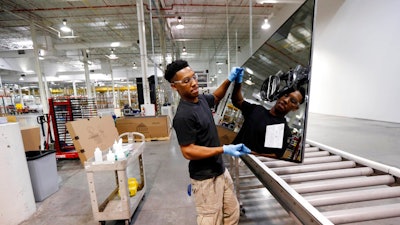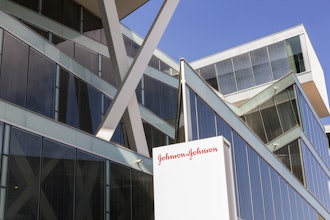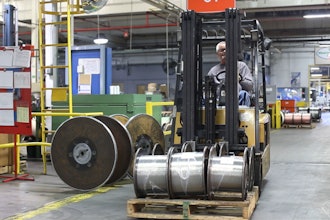
WASHINGTON (AP) — U.S. factory output was unchanged in January for the second straight month after three months of healthy gains.
The Federal Reserve said Thursday that production fell in wood products, aircraft and a category including concrete and glass. Yet factories also cranked out more cars and computers.
Manufacturers posted a solid year in 2017, expanding production and adding nearly 200,000 jobs. A cheaper dollar and healthy economies overseas boosted exports, while stepped up consumer spending in the U.S. lifted domestic sales. The past two months' readings suggest, however, that factory production has slowed in the new year.
Overall industrial production, which includes mines and utilities, slipped 0.1 percent. Mining production fell 1 percent, while utility output climbed 0.6 percent.
Other recent data point to healthy manufacturing growth, a sign production may turn up in the coming months. A survey of purchasing managers found that factory activity expanded rapidly last month, though at a slightly slower pace than in December. New orders and production rose, but also more slowly than in December.
And a separate government report showed that orders for long-lasting manufactured goods, such as autos and appliances, jumped in December.
The Fed's report also sheds light on whether manufacturers are running at or above their normal capacity. When that happens, they may feel compelled to raise prices to cover the cost of overtime work or other extraordinary expenses. That can feed higher inflation.
For now, there is little sign that this is happening: Manufacturing plants are running at 76.2 percent of capacity, the Fed said, the same as last month but up from 75.4 percent a year ago. That is about 2 percentage points below its long-run average.
Once manufacturers run up against capacity limits, they may also invest more to expand their facilities and equipment, which can spur greater economic growth.






















